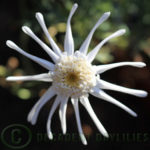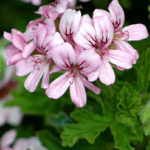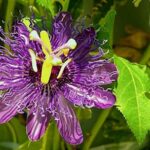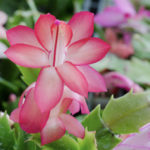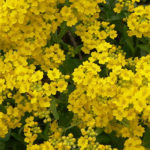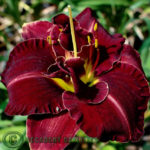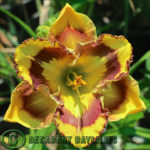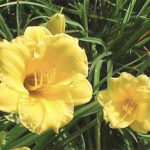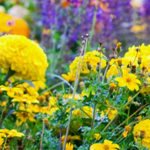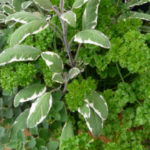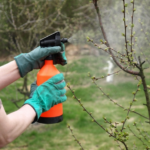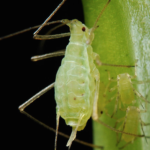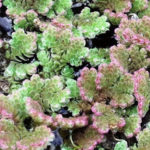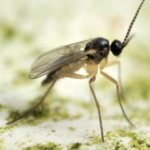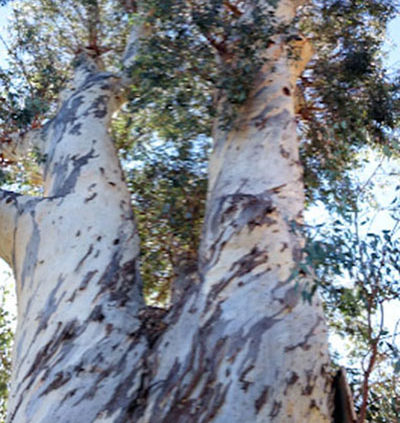
Eucalyptus Gum Tree Facts
Eucalyptus Gum Tree Facts and Information
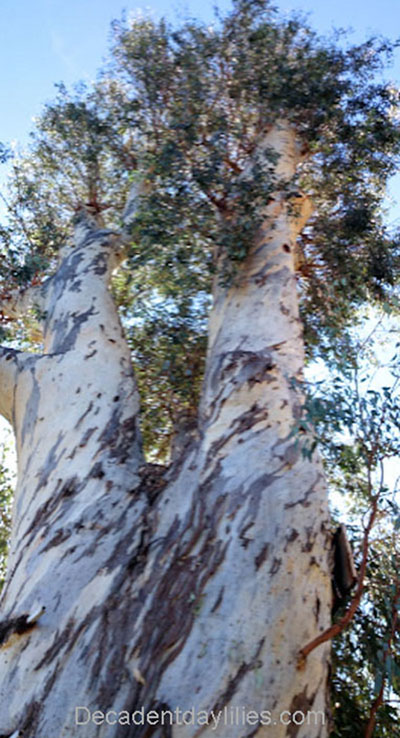 Known for its enviable traits, the eucalyptus forms a special genus of flowering trees, commonly found in Australia. Botanists, agricultural researchers, and even horticulturalists, not just in Australia but also around the globe, have developed great interest in this group of flora with the aim of understanding it better. So here are some eucalyptus gum tree facts and information.
Known for its enviable traits, the eucalyptus forms a special genus of flowering trees, commonly found in Australia. Botanists, agricultural researchers, and even horticulturalists, not just in Australia but also around the globe, have developed great interest in this group of flora with the aim of understanding it better. So here are some eucalyptus gum tree facts and information.
At the moment, it is estimated that there exists more than seven hundred species of this plant, the majority of which originate from Australia. It is therefore not surprising to note that eucalyptus dominates most of Australia’s tree flora. A lot of benefits are associated with this tree. And like any other plant, this group of trees has its fair share of setbacks. Learning about these aspects will help you make informed decisions on when, where, and why to plant the eucalyptus. Some of the popular and spectacular Varieties of Eucalyptus gum trees are: Red flowering Gum, Snowgum, Spotted Gum, Manna Gum, Salmon Gum, Lemon-Scented Gum and Tasmanian Blue Gum currently Tasmania’s floral emblem
Why Should You Plant Eucalyptus?
Although the eucalyptus has been in existence in Australia since the dawn of time, one of the main reasons why the eucalyptus has been the dominating tree flora in Australia is because it’s a reliable source of wood. Unlike other types of trees, the eucalyptus grows at a significant speed, giving timber manufacturers constant supply of raw materials. Most eucalyptus species can grow to about 12 feet high in a year. However, some special species such as the snow gum take a longer time to establish and only grow to about two feet in a year. This growth rate is largely associated with the fact that the plant does not go dormant, as expected of most trees, in preparation for the winter season. Do you know that Eucalyptus trees are one of the tallest trees in the world?
Our cuddly koalas native to Australia relies and feeds, primarily on gum leaves, koalas can consume around 400 to 500 grams of gum leaves between sleeps every day, they live in the eucalypt gum forests and have been known to feed on other trees as well. The juvenile growth of the silver dollar gum tree is widely used in floral art in Australia. Pictured is a Murray River Red Gum, photo taken on the banks of the Murray River, Australia.
Eucalyptus Medical Toothpastes Dental Remedies
These trees are the main ingredients of eucalyptus oil used for medical purposes. The oil is extracted from eucalyptus leaves and is believed to contain high levels of cineole; this is a special ingredient in most toothpastes and dental remedies. Due to its sweet aroma, the eucalyptus oil extract is commonly used in fresheners, perfumes, and industrial solvents. Additionally, it helps to add flavour to pharmaceuticals and antiseptics.
Eucalyptus Oil for Colds and Flu
Eucalyptus oil extracted from the eucalyptus tree or Blue Gum, Eucalyptus Globulus is known to be one of the best cold and congestion remedies. Eucalyptus oil used as medicine can treat and clear nasal congestion and relieve the symptoms of coughs and colds or flu using a few drops of eucalyptus in a basin with boiling water and inhaling the vapour, this is a wonderful herbal remedy. This eucalyptus oil has been distilled from the dried leaves of the eucalyptus tree; this clear liquid has a very strong woody smell. Only five hundred of the seven hundred eucalyptus trees in the world produce a type of essential oil.
Why Australian Farmers Grow Gum Trees
Farmers in Australia insist on planting eucalyptus trees on their farms because they act as insecticides. The trees have a unique scent that helps to drive insects away. Instead of investing in costly insecticides, most farmers prefer to plant the eucalyptus because it offers a natural remedy and is a quick source of revenue. Besides this these trees have always been used to drain swamps as a way of fighting malaria. Eucalyptus has a large root mass that is able to take up water in large volumes. In fact, most environmentalists have already raised concerns about these trees being water-guzzlers, consequently doubting their actual impact.
Features of Eucalyptus
Features of eucalyptus vary with the species. Different eucalyptus plants come in different sizes ranging from small to large. Some species look like shrubs when they are mature while others grow to extraordinary heights. The most common eucalyptus sizes include: small, medium, large and extra large. Almost all eucalypt species are evergreen apart from a few that lose leaves during the dry season. One common thing about eucalyptus leaves is that they have oil glands and produce special oil that is used for various purposes. These trees offer patchy shades because their leaves are always facing downwards.
Eucalyptus Bark and Flowers
Another noticeable characteristic of this plant is its flowers. They come with several coloured, fluffy stamens locked in a type of cap commonly referred to as an operculum. As the eucalyptus tree continues to grow, its bark changes in terms of colour and texture. These changes are determined by age, bark shed, colour, thickness, and stiffness as well as bark fibre length. Every year, the bark of a eucalyptus tree adds a new layer, which explains why most eucalyptus trees have large stem diameters. You will notice the fascinating bark pictured of the Murray River Gum and leaves of this tree that also attracts the Australian wild life such as the Australian kookaburra and many other species of birds.
Hope you enjoyed reading about the lovely eucalyptus gum tree facts and how this tree is used in Australia.



